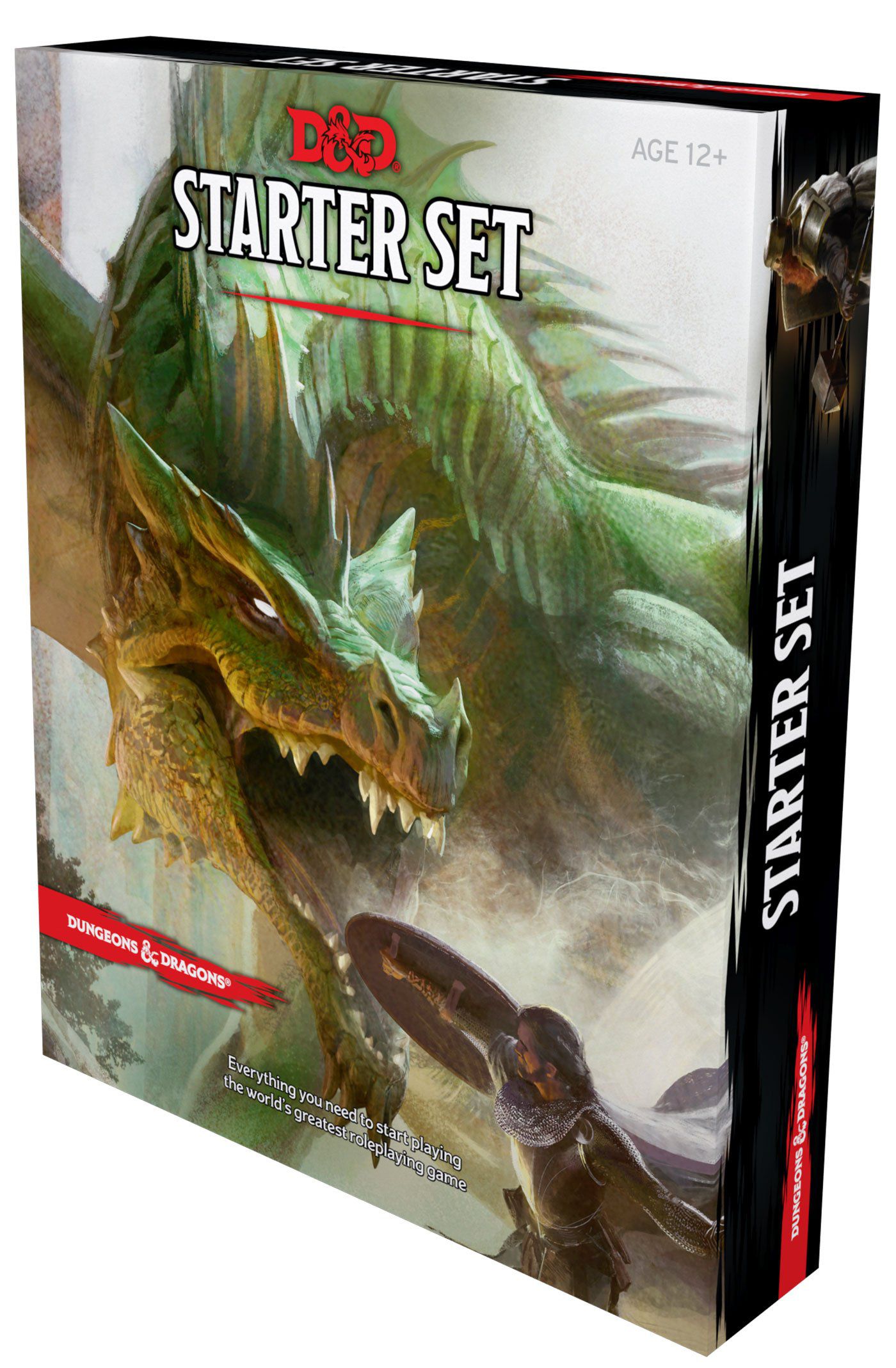When using a location-crawl structure (of which a dungeoncrawl is obviously the most well known example), the PCs explore an area room by room. You can see this clearly in the default action of the ‘crawl: If a PC is standing in a room and there’s nothing interesting for them to do in that room, then they should pick an exit and go to the next room.
This structure works well when designing an area that has a high density of interesting stuff in it. Not every room in a dungeon, for example, needs to be filled with interesting stuff, but probably at least half of them do, otherwise the pacing of the scenario collapses as the players robotically churn through empty rooms.
So what can you do when the scenario calls for a crawl-type exploration of a large area with only a few points of interest?
To some extent, of course, we’re talking about a fictional world and you can simply choose to design it differently: Shrink the scope of the area to sync up with the desired points of interest. (Or, alternatively, increase the number of points of interest to match the scope of the area.)
But this is not always desirable or even possible. For example, if the PCs are heading to an abandoned skyscraper in the post-apocalyptic urban wastelands, changing the skyscraper into a duplex is to fundamentally alter the nature of the scenario. And simply filling the skyscraper to the brim with various encounters would be inconsistent with the general premise that Downtown is a thinly populated desert. (It could also quite easily bloat the skyscraper exploration out of proportion to its importance in the scenario.)
Which, of course, brings us to the sector crawl. Like other crawls — location-crawls, hexcrawls, urbancrawls, etc. — it features keyed locations, geographic movement, and an exploration-based default goal. But while superficially similar to a location-crawl, the sector crawl is designed to handle low density areas. It consists of sectors, connections, and encounters.
SECTORS
You’ll start prepping your sector crawl by identifying your sectors. Basically, you’re breaking your scenario’s area into large chunks. Ideally you want these sectors to:
- Broadly map to the characters’ understanding of the environment.
- Generally have one point of interest per sector.
In fact, one way of designing a sector crawl is to list your points of interest — hive of mutants, cache of medical supplies, sarcophagus of the seer, etc. — and then figure out what “sector” each point of interest is in. It’s okay to have a few sectors with multiple points of interest, but if you end up with LOTS of sectors like that, you’ll probably want to think about breaking that part of your scenario down into smaller sectors. On the other hand, sectors without a point of interest should generally be very rare (or not used at all).
For example, each floor in our post-apocalyptic skyscraper might be a separate sector. Or perhaps the skyscraper is broken into three sectors – the Lower Floors (1-10), the Middle Floors (11-46), and the Upper Floors (47-69). Or maybe it’s the Ground Floor, Lower Floors, Upper Floors, and Penthouse.
The scale of these sectors, as you can see, will vary depending on the scenario, but you want them to flow naturally from the logic of the campaign world (as opposed to being arbitrary divisions) so that the players can choose how to navigate through the area. (Ideally the players won’t even know you’re running a sector crawl because their navigation decisions will flow naturally from a completely in-character point of view.)
CONNECTIONS
That brings us to the connections between sectors, which is the second thing you’ll want to prepare for your sector crawl.
By default, however, a sector crawl isn’t about the paths between sectors. You can generally access any sector from any other sector, although that navigation might be chokepointed through, for example, a central hub or elevator.
This open access might, in some cases, be only conceptual in nature. If you actually followed every step the PCs take, for example, you might discover that getting from the Lower Floors to the Penthouse is, technically speaking, only possibly by passing through the Middle and Upper Floors. But conceptually, players on the 5th Floor can say, “Let’s take the elevator up to the Penthouse,” and they can just do that.
This open-access doesn’t mean that the PCs aren’t exploring the location. It just means that the meaningful choices will be ones of sequence and priority rather than geographical navigation.
(If this is making you uneasy, think about how node-based scenario design routinely gives PCs a slate of clues that effectively give them a menu of places to go next. An open-access sector crawl basically does the same thing.)
To support this, as you’re thinking about how your sectors are related to each other, you’ll usually want to avoid sector structures that only make sense after the characters have already explored them. Looking at a post-apocalyptic skyscraper, for example, the players can immediately intuit that it’s made up of various floor and they can go to various floors by going up or down through the skyscraper.
Conversely, if they arrive at the Great Gate of an abandoned dwarven city, they might have no idea what other sectors exist, which will make it difficult for them to make sector selections. If the PCs can’t get an immediate overview of a location when they arrive there, you may need to provide that information in some other form — maps, local guides, skill checks, divine visions, etc.
Tip: The overview might be provided as the point of interest for the Arrival sector. In other words, the PCs arrive at the Great Gate, and when they explore that sector you can tell them about the Grand Promenade, the Lower Galleries, and the seven Dwarven Minarets.
Sometimes, though, you’ll want a mysterious sector for the PCs to discover. These are sectors that are connected to (or hidden within) a specific sector, and can only be discovered or unlocked when the PCs explore that sector.
In most cases, once a mysterious sector has been revealed or accessed, it will become part of the sector crawl’s open access. (Meaning that it can be freely selected like any other sector in the future.) But it’s also possible for some sectors to act as chokepoints: In order to get from a sector on one side of the chokepoint to a sector on the other side of the chokepoint, you do, in fact, have to pass through the chokepoint sector.
Chokepoints can be used to create isolated sectors, but in other configurations you can actually think of them as the connection point between two different sector crawls.
A similar type of sector is the hub sector: If you’re in the hub, you can access any of the sectors connected to the hub. Conversely, you’ll need to pass through the hub to reach any of the sectors connected to it.
Hubs can be a useful way of conceptualizing particularly large sector crawls. Instead of needing to provide an overview of every single sector in the entire complex, you only need to provide an overview of the sectors connected to the hub and any “neighboring” hubs. It’s only when the PCs go to a new hub sector that you’ll need to overview the sectors connected to that hub.
The Great Gate of the dwarven city, for example, can serve as the hub for nearby features within the city (e.g., the Lower Galleries and the Dwarven Minarets), while also providing access to the Grand Promenade which is another hub.
A final key thing to understand is that the more chokepoints, hubs, and mysterious sectors you add to your sector, the more specific you are making the connections between your sectors. The more you increase that specificity, the more your sector crawl will begin blurring into a pointcrawl. This will become even more true if your sectors begin shrinking towards single points of interest.
Which is not necessarily a bad thing, of course, but it’s useful to be aware of what you’re doing.
ENCOUNTERS
A sector crawl doesn’t need encounters, but they’ll usually enhance the scenario and make the area feel like a dynamic, living environment. The specific encounter methods generally resemble those in other ‘crawl structures (like hexcrawls and dungeoncrawls) — they might be random or programmed; keyed to specific sectors or the entire scenario; and so forth.
RUNNING THE SECTOR CRAWL
Running a sector crawl largely consists of going to a new sector or exploring the current sector. Each time the PCs do one of these things, trigger or check for an encounter.
Exploring the sector will turn up:
- Its “identity” (if this was not already known);
- Its point of interest (i.e., the content keyed to the sector); and
- Any secret connections to other sectors (if you’re using mysterious sectors).
If a sector has multiple things to discover, the PCs might find all of them through a single exploration action or find them one at a time (requiring more exploration actions in order to find additional stuff).
And that’s it! Running a sector crawl is actually quite straightforward.
A SECTOR OF ONE
I’ve found it occasionally useful to conceptually think of some locations as a “sector of one” when running them.
For example, in a mystery scenario there might be a house which contains exactly one clue. The players, perhaps conditioned by the ubiquitous location-crawls found in RPG scenario design, might decide to start searching the house one room at a time – essentially treating it like a dungeoncrawl.
Knowing that it’s a rather large house and they’ll spend most of their time not finding stuff that isn’t there, I might push them into a sector crawl and frame their actions appropriately: They say they’re going to search the kitchen, but I simply handle the resolution of the action as searching the whole house (i.e., the house is a single “sector” and they’re performing an exploration action there).
Note: I’m not saying this is the one-true-way of handling this situation. I can think of a half dozen different reasons why you might want to handle the house search as a location-crawl even though there’s only one clue to be found.
This can also be a good thought experiment for how you run a sector crawl, particularly if you’re finding yourself defaulting back into treating the area as a location-crawl. Unless the players are aware of the sector crawl structure (and it’s a structure that doesn’t always lend itself to that), you’ll often be figuring out how to interpret the players’ declared actions within the context of the structure.
For example, they may not explicitly say, “I’m exploring this sector.” But they might say that they’re looking for a place to sleep. Or are searching one section of the sector. Or are looking for medical supplies. All of those can be treated as exploring the sector (and trigger the sector’s discoveries and encounter).
The same thing will be true of navigation, where you’ll need to figure out if certain actions are just moving around inside their current sector or if it’s actually moving to a different sector (and, if so, which one).
UNTESTED: MEGADUNGEON SECTORS
This is something I haven’t had a chance to actually test yet: Converting sections of a megadungeon into sectors.
I’m not talking about designing a megadungeon-like scenario as a sector crawl. (Although you can easily do that, as demonstrated with the example of an abandoned dwarven city above.) What I mean is running a megadungeon as a dungeoncrawl, but when the PCs have “cleared” a particular section of the megadungeon (akin to clearing hexes in a hexcrawl) you convert that section of the megadungeon into a sector.
This would hypothetically allow the players to quickly move through cleared sections of the megadungeon. If you’ve run large dungeons or megadungeons before, you’ve probably already done something akin to this in a purely informal way. (Skipping the boring stuff and getting to the interesting bits, right?) What I find interesting about formalizing this into a sector crawl is that it would still provide a structure for triggering encounters there or even exploring to discover hidden secrets the PCs had previously missed.
It would also give a convenient structure for handling restocking the dungeon – i.e., unclearing the area as new monsters migrate in. For more details on that sort of thing, check out (Re-)Running the Megadungeon.
If you’d like to see a sector crawl in action, there’s one in the upcoming Apeworld on Fire! adventure for the Feng Shui roleplaying game. Designed by Paul Stefko, we used a small sector crawl for a section of the adventure in which the PCs are exploring an abandoned arcanowave laboratory while being hunted by a nanostock demon!



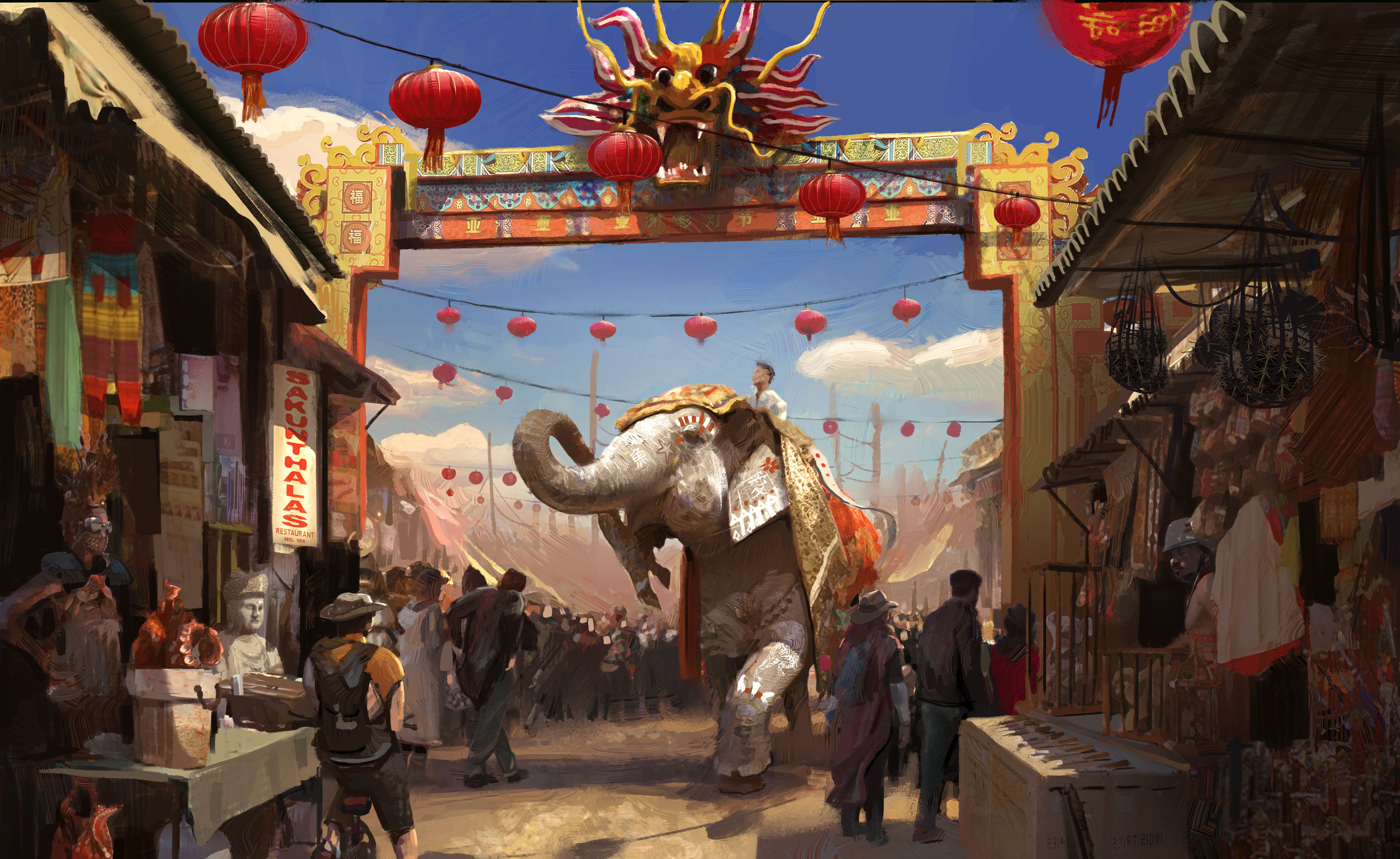

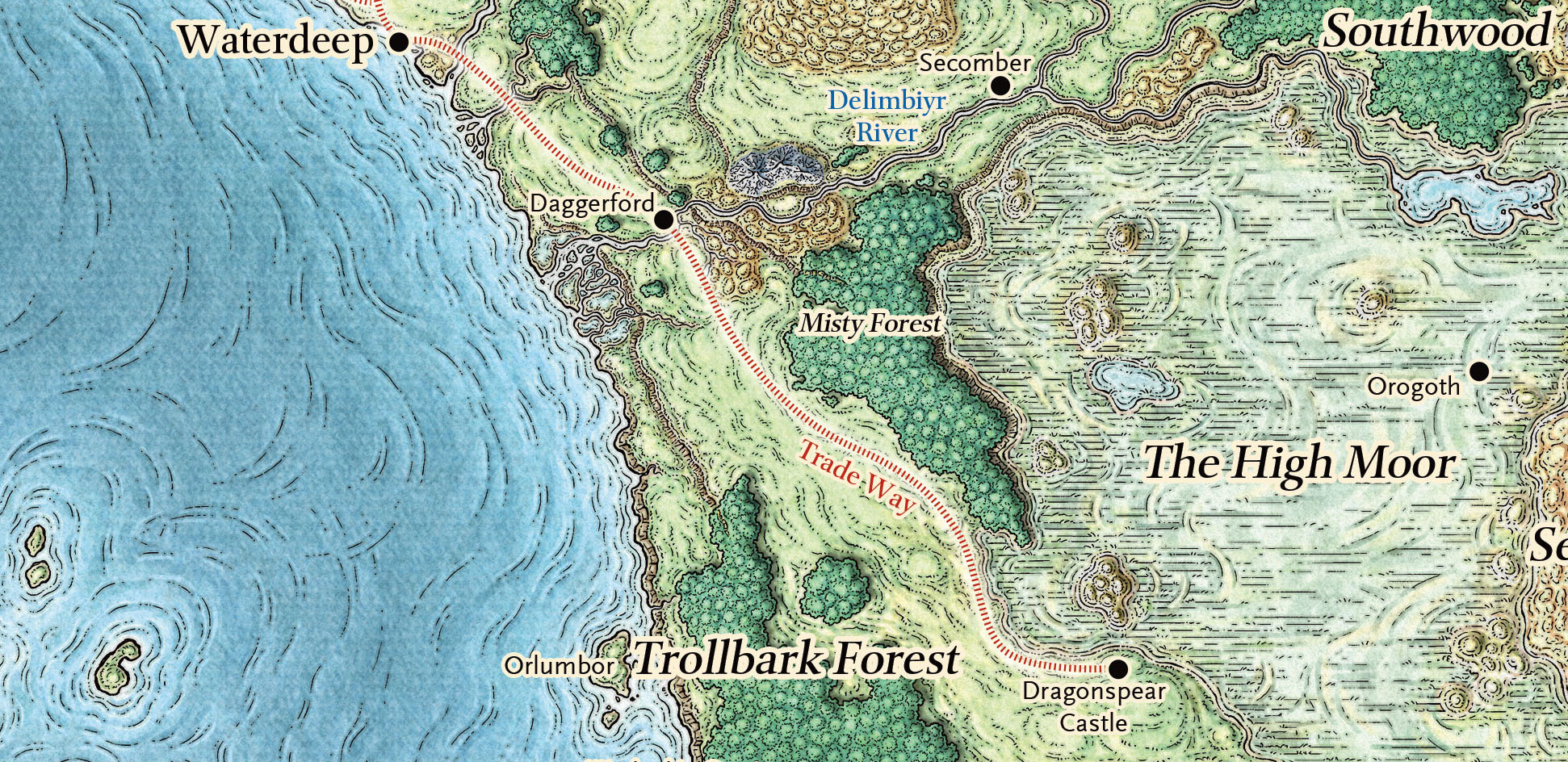
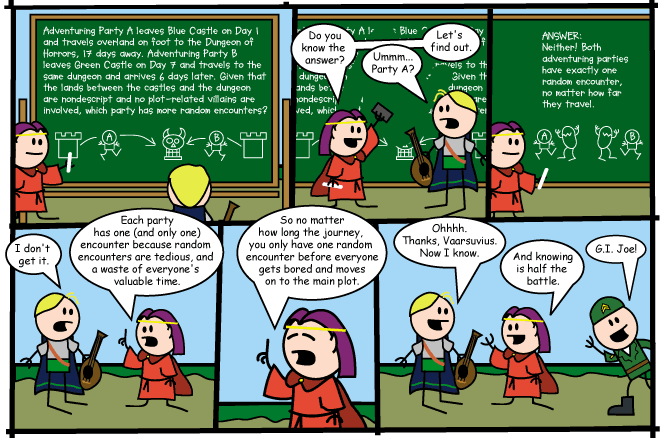
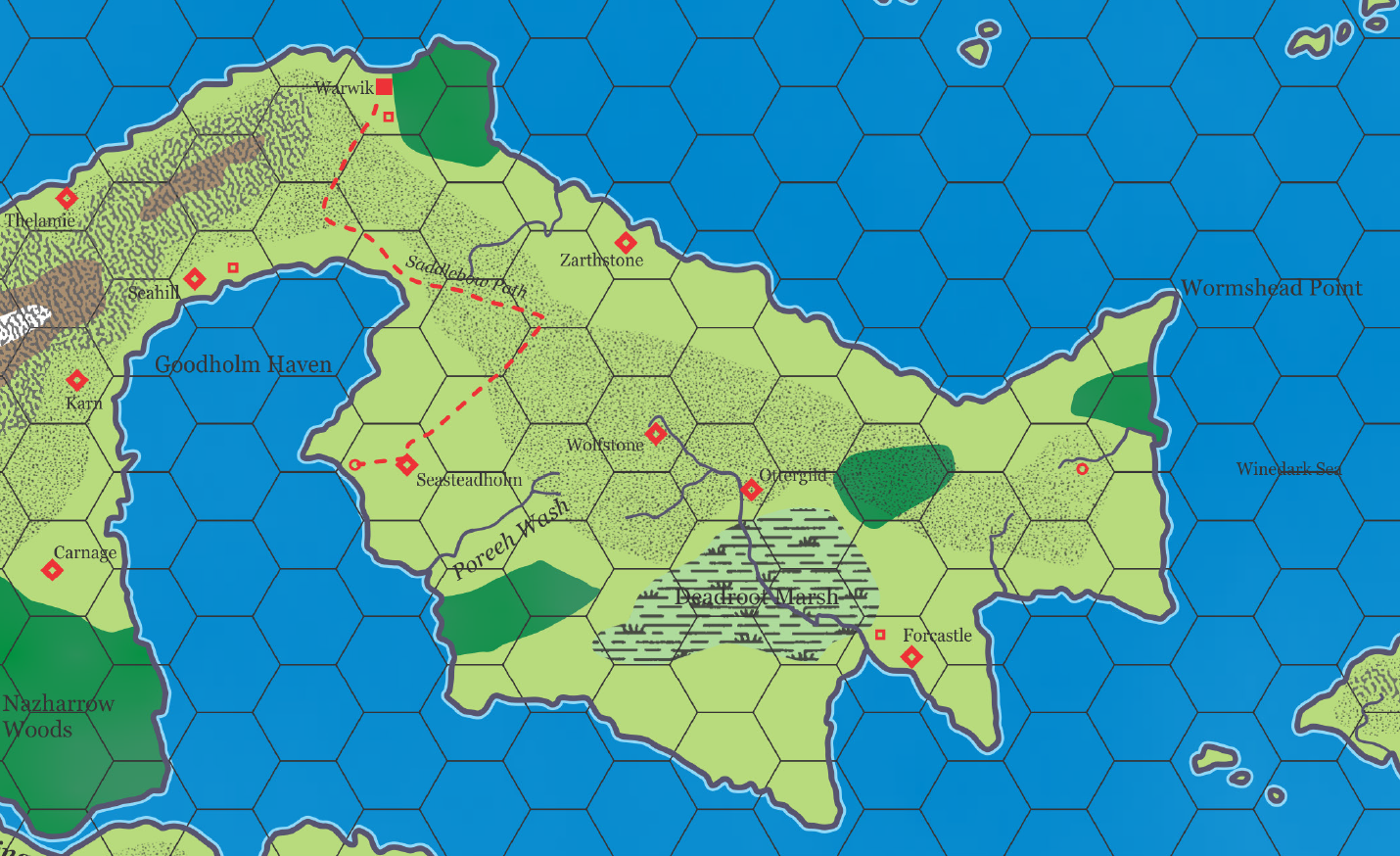
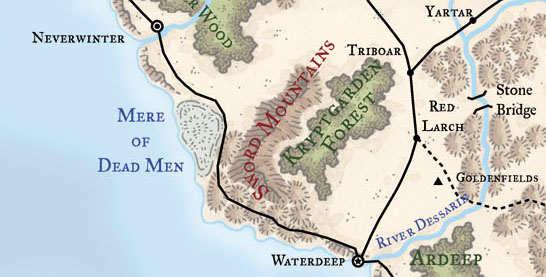

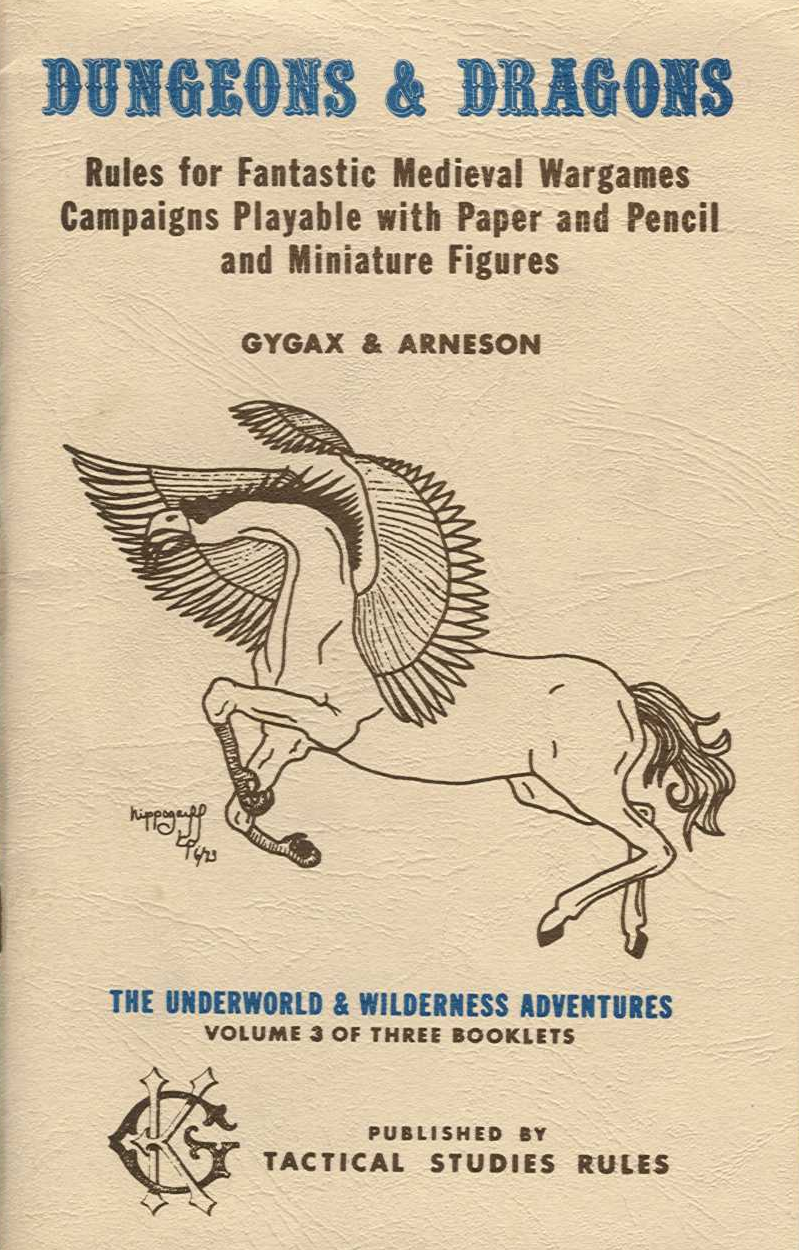 1. You can move a distance based on your speed and encumbrance per turn.
1. You can move a distance based on your speed and encumbrance per turn.